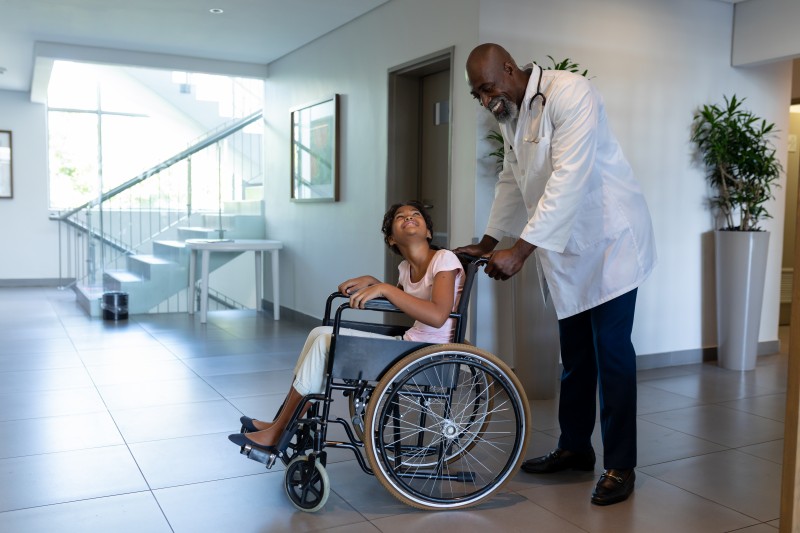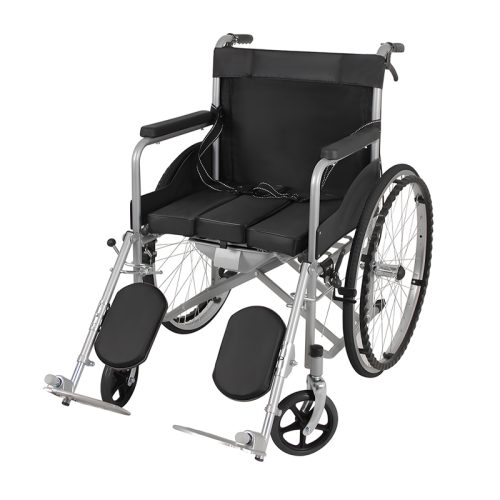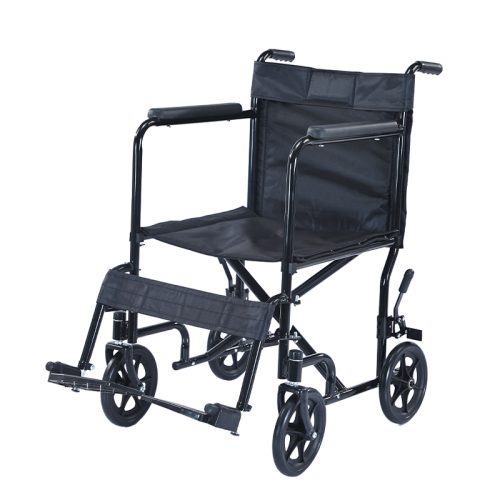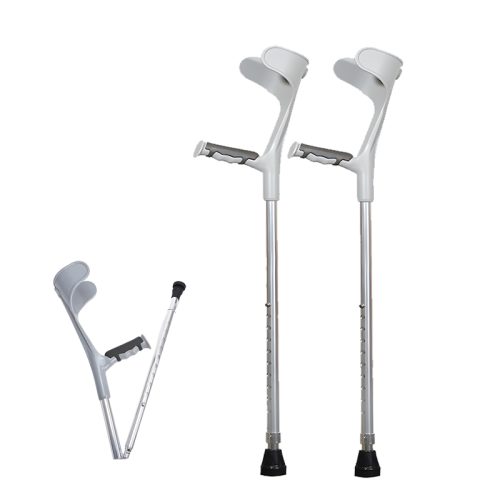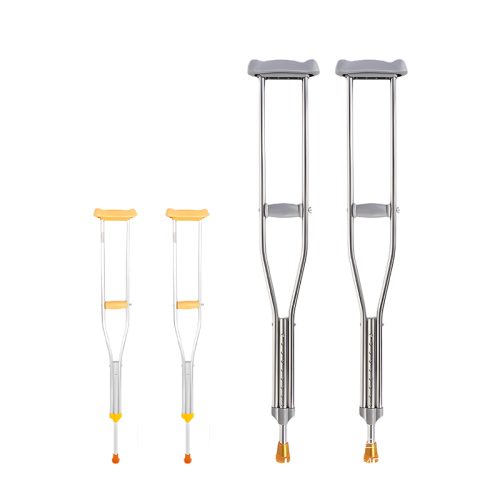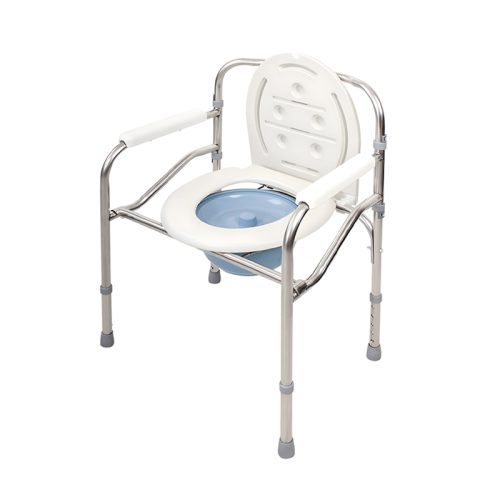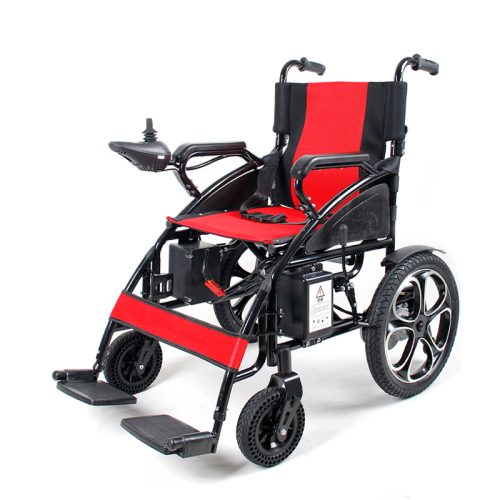
- Scaun cu rotile
Oportunități emergente pe piața scaunelor cu rotile din RDC în 2025: Personalizare și distribuție în orașe secundare
- Prin kelingmedical
1. Customization Demand: Bridging the $18M Gap
A. High-Value Customization Categories
| Niche | Market Size (2025) | Price Premium |
|---|---|---|
| Pediatric Ortho-Fit | $6.2M | 45-60% |
| Amputee Mobility | $4.8M | 55-75% |
| Bariatric Terra | $3.1M | 65-90% |
| HIV+ Adaptive | $2.9M | 30-50% |
B. Implementation Framework
Localized Design Process
Make arrangements with Kinshasa School of Medicine to gather anthropometric data
The implementation of 3D scanning clinics requires a $12K setup investment in Goma/Lubumbashi.
Production Economics
The production requires a minimum of 50 units to reach breakeven at 65% capacity utilization.
Hybrid manufacturing involves importing core components and performing local customization with reduced tariffs by 28%.
Success Case: A supplier based in Lubumbashi managed to maintain 89% of their client base.
Modular cushion systems (12 pressure configurations)
Tribal pattern customization options
Swahili voice-guided assembly kits
2. Secondary Cities: Unlocking 47 Markets
A. Top 5 Target Cities
| Oraș | Populație | Current Coverage | Growth Rate |
|---|---|---|---|
| Mbuji-Mayi | 3.7M | 12% | 14.2% |
| Kananga | 1.9M | 8% | 11.6% |
| Kisangani | 1.6M | 15% | 9.8% |
| Bukavu | 1.2M | 6% | 18.4% |
| Tshikapa | 0.9M | 3% | 22.1% |
B. Distribution Model Comparison
| Strategy | Initial Cost | Break-Even | Risc |
|---|---|---|---|
| Micro-Hubs | $28K | 14 months | Mediu |
| Mobile Units | $42K | 11 months | Înaltă |
| Church Networks | $15K | 18 months | Scăzut |
C. Logistics Innovations
River Transport Pacts enable a 34% cost savings compared to road transport methods.
Battery Swap Stations provide electric wheelchair accessibility to regions without power grid connections
Blockchain Inventory provides continuous tracking capabilities for 8 provincial warehouses.
3. Synergistic Opportunity Capture
Profit Multiplication Formula: The product margin increases to 3.8 times the base margin when multiplied by both the customization premium and secondary city demand.
Implementation Roadmap:
Phase 1 (0-6 months): Open 3D scanning clinics in two secondary cities during Phase 1 of the implementation roadmap.
Phase 2 (7-12 months): Launch localized production batches (100-150 units)
Phase 3 (13-18 months): Establish mobile customization units in five new cities during phase 3.
Risk Mitigation:
Pre-negotiate raw material contracts with Gécamines
Utilize UNHCR’s displacement maps for demand forecasting
Implement pay-as-you-go insurance for inventory in transit
Concluzie
DRC’s wheelchair market growth potential peaks at $52M through customization options and expansion into secondary cities. Companies that quickly adopt hybrid localization strategies can gain a market share between 19% and 24% over three years by exploiting existing clinical needs and fragmented distribution networks.
ÎNTREBĂRI FRECVENTE
Q1: What’s the lead time for customized wheelchair orders? A: 6-8 weeks for batches under 100 units, with expedited 3-week options at 22% premium.
Q2: How to handle repairs in secondary cities? A: Our recommended model uses certified local technicians + video diagnostic support.
Q3: Are there tax incentives for secondary city investments? A: Yes – 15% corporate tax reduction for operations in 32 designated growth zones.
Claim Your Market Advantage with Keling Medical 📬 E-mail: inquiry@shkeling.com 📱 WhatsApp: +86 182 2182 2482 🌐 Explore Custom Solutions: DRC-Specific Wheelchair Configurator
Ask about our City Partnership Program – 0% upfront cost for secondary city pioneers!

